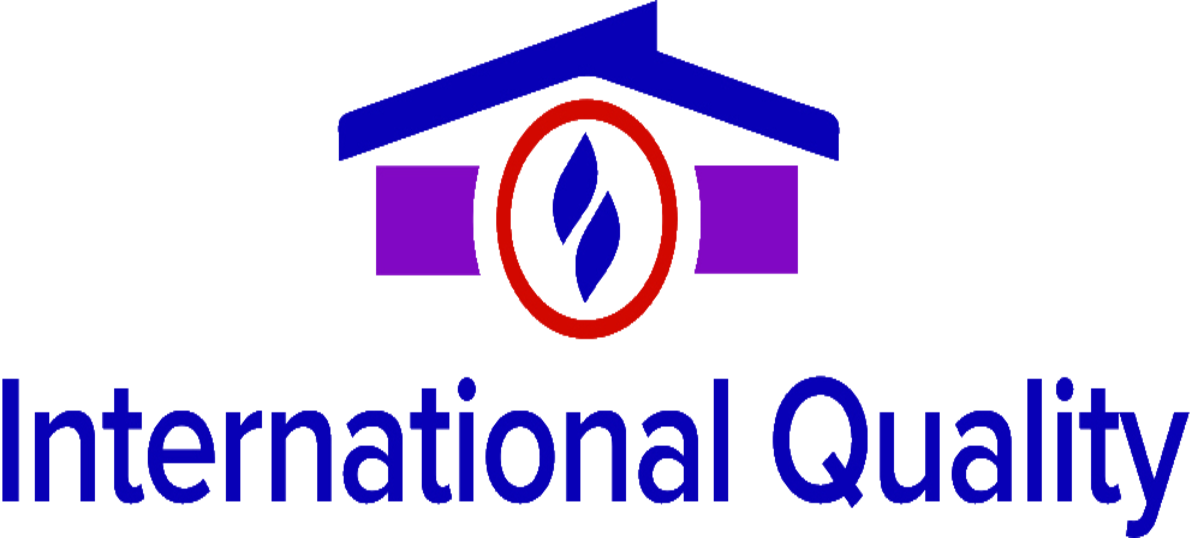managing a nonprofit is usually a job that’s a volunteer opportunity for those who have a deep love for the cause. It’s not always easy, but it can be rewarding. Board management is among the most difficult aspects of the job. Board members are often distracted by the bigger scope of their responsibilities, and they can forget the details necessary to run the nonprofit smoothly. This can manifest itself in large ways, like decisions about hiring an Executive Director, or in smaller ones, like weighing in on the pricing for a service that is featured.
There are numerous tools that can help board members effectively manage their duties. According to the Leading with Intent guide from 2015, some of the most important responsibilities for board members are financial oversight, fundraising advocacy, community building, and financial oversight. It’s important that every member of the board understands these responsibilities and can carry out these tasks effectively.
Boards can be organized into various committees to help them streamline their work and improve overall performance. A committee for fundraising for instance, could be accountable for arranging events as well as managing the donor data base. Another committee could be in charge of recruiting new members, orienting new members, and conducting performance evaluations for the board in general. A third committee might focus on the board’s internal operations and processes like policy development, and another could be focused on governance.
No matter what the structure, all boards should be well-staffed and equipped with tools that make it easier for board members to fulfill their duties, and permit open communication and transparency. Board software, like can help streamline the logistics of meetings, and allow you to stay on top your responsibilities.
